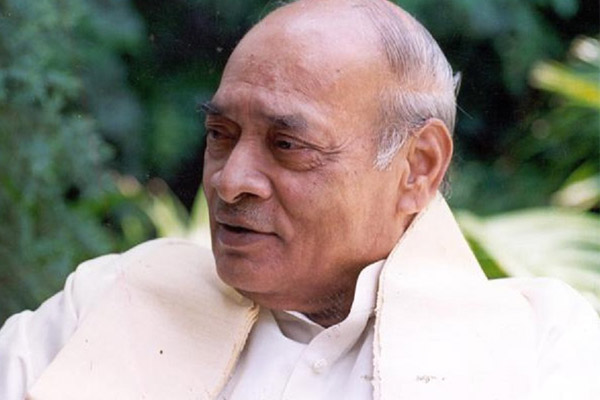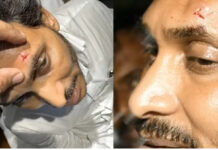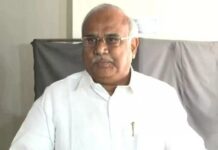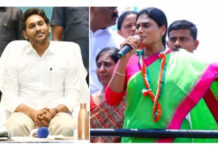
It is well known that around May 1995, the relationship between Sonia Gandhi and Narasimha Rao was very strained. To get a constant a flow of information, Rao recruited the services of the Intelligence Bureau (IB). The task for IB was simple: How many Congress party leaders and cabinet hopefuls supported Rao and how many were loyal to Sonia Gandhi?
IB’s primary mission and objective is to safeguard India from the schemes of domestic enemies. Hence, this task was within their purview. They did their work and provided Rao with a comprehensive list of names and details. Along with a party leader’s name and her/his loyalty, they also mentioned their caste, age, state of origin and what they said in various meetings with Sonia Gandhi. The list even mentioned Sharad Pawar as a key potential leader who could be useful to Rao.
But 1995 was not the first time that Rao used IB to spy on Sonia. On the day after the Babri Masjid was demolished, December 2nd of 1992, Rao made sure to place an IB officer at Sonia’s residence, 10 Janpath. The purpose of this officer was to record various conversations between Sonia and leaders like Arjun Singh, Digvijay Singh and Ahmed Patel. The recorded conversations were then transcribed and regular reports were sent to Rao.
Sonia Gandhi was not planning on being left behind though. She spied on Rao with the help of the Congress Party members. After 1992, she actively befriended party members who were against Rao. These included leaders like K Natwar Singh, Arjun Singh and N D Tiwari. They got together and vented their frustrations regarding the Prime Minister.
The revelations reported above, exclusive access to Narasimha Rao’s private papers and interviews with numerous people constitute a portion of the upcoming book ‘Half-Lion: How P V Narasimha Rao Transformed India’. The book will be available in various bookstores on June 27th.
Despite being disliked by his own party, not popularly supported by the people and having his hands tied by Sonia Gandhi, Rao went on to boost India’s failing economy and introduced reforms in the fields of internal security as well as welfare schemes. The book comprehensively examines his ability to judge the strengths and weaknesses of the opposition which was central to the development of his ideas.
Despite openly working against each other, Rao never criticized Sonia Gandhi in the media. With Manmohan Singh’s liberalization of the economy and various other policies, he was able to stop opposing ideas from influencing the development of the country.
But eventually, the forces opposing him were too strong. After he resigned as Prime Minister, the Congress Party High Command was bent on erasing his good name. He was implicated in various tragedies like the 1984 anti-Sikh riots, the escape of Union Carbide’s Warren Anderson after what happened in Bhopal and the destruction of Babri Masjid.
Upon Rao’s death in 2004, his family wanted him to be cremated in Delhi. But in the end, old rivals ensured that his body was instead moved to Hyderabad. His son, Prabhakara, alleged that Sonia Gandhi did not want Narasimha Rao “to be seen as an all-India leader”. It is a tradition for former Congress presidents and senior party leaders to be taken inside the party headquarters upon their death. But Rao wasn’t even allowed this final dignity.
TV channels showed that during his cremation in Hyderabad, he was left abandoned while his body was not completely burned. The final images showed stray dogs surrounding and poking at the funeral pyre.
















